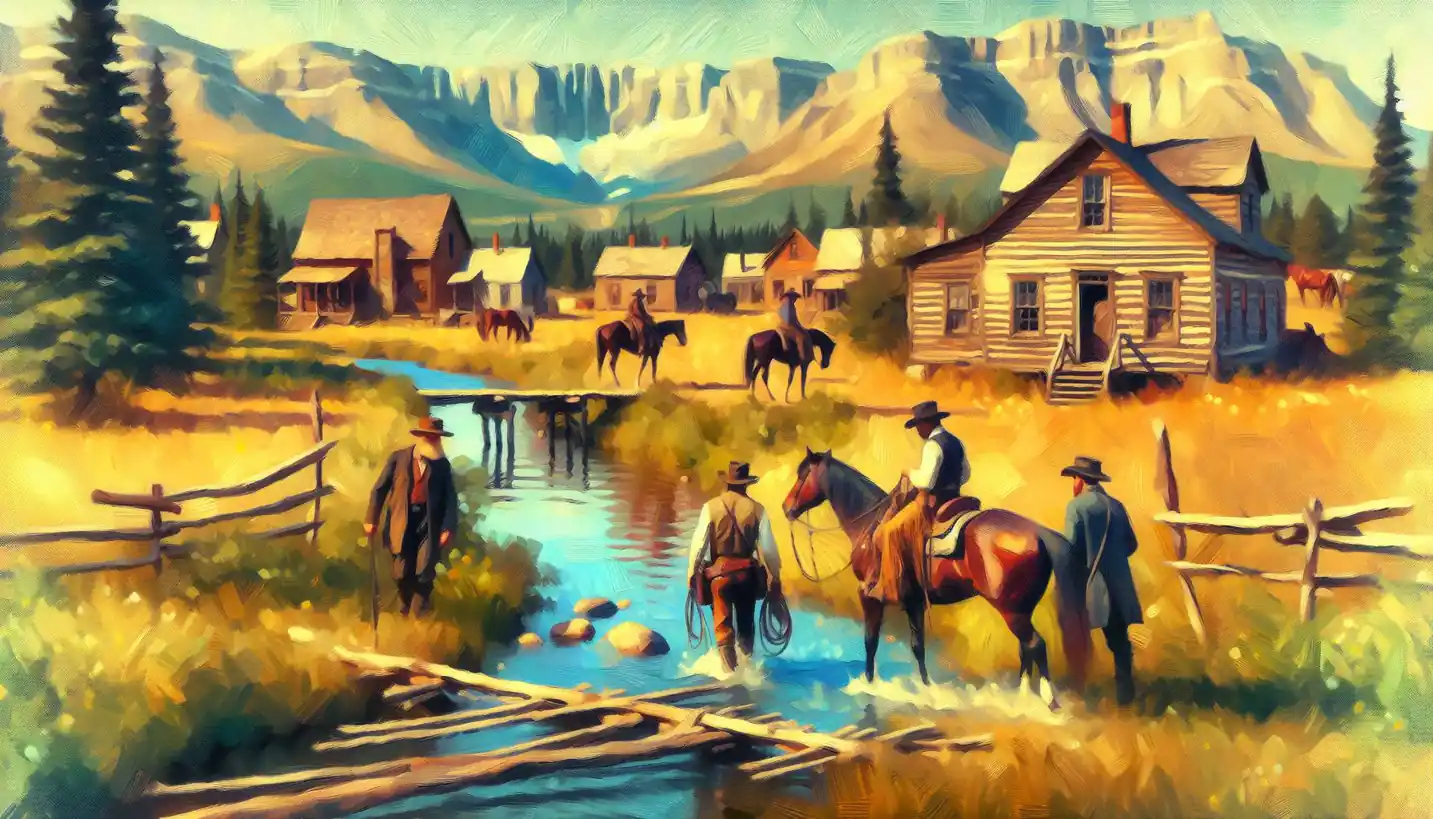· History · 4 min read
Great Divergence: A Journey Through Economic History
The Great Divergence examines why economies grew apart. Discover the factors that led to differing paths in prosperity, shaping the modern world.

Have you ever wondered why some parts of the world became economic powerhouses while others didn’t? This question leads us to what historians and economists call the “Great Divergence.” It’s like an epic tale of how Western Europe and some parts of North America sprinted ahead economically compared to other regions, especially those in Asia and Africa, starting around the 18th century.
Understanding the Great Divergence
To get a good grip on the Great Divergence, let’s travel back in time. Imagine the world in the year 1500. At that point, places like China and India were just as economically vibrant, if not more so, compared to Europe. They had advanced technologies, bustling trade networks, and impressive cities. But something began to change during the late 17th and 18th centuries that set Europe on a different trajectory.
The Role of the Industrial Revolution
A big player in this historical saga is the Industrial Revolution. It’s like the technological turbo boost for Europe. With it came new inventions like the steam engine, mechanized looms, and improved iron production. Factories sprouted up, productivity soared, and goods could be produced on a massive scale. This innovation wasn’t just about gadgets; it transformed societies and breathed life into economies.
But why Europe? Some point to the abundance of coal, which was crucial for powering new machines. Others mention supportive institutions and investments in education and science, enhancing the likelihood of inventions. This cluster of factors made Europe fertile ground for the Industrial Revolution.
Geography and Resources
Geography also played a starring role. Europe’s proximity to lots of navigable rivers and the coastline helped boost trade and transport. Additionally, European nations often had access to resources from colonies, which were exploited to fuel industrial growth. Meanwhile, resource distribution and geographical realities in other regions sometimes posed challenges to similar developments.
Political and Social Structures
Another part of the Great Divergence puzzle is political and social structures. European nations, such as Britain, developed systems that encouraged entrepreneurial ventures. Property rights were solidified, and trade was promoted. On the flip side, some regions in Asia and Africa faced internal conflicts, colonial exploitation, and external pressures stunting similar growth.
In China, for instance, the Qing Dynasty had centralized control, which sometimes stifled local innovation. While exceptional in many respects, Chinese focus on stability over aggressive expansion meant slower economic transitions. India, under colonial rule, saw local industries suppressed, hindering economic development.
Cultural Factors
Culture, too, played a subtle yet significant role. The Renaissance, which invigorated a spirit of inquiry and humanism in Europe, set the stage for scientific advancements. This cultural movement gradually emphasized reason and individualism, paving the way for economic changes.
Technology and Trade
Let’s not forget the power of trade. The Columbian Exchange, connecting the Old and New Worlds, played a part in reshaping economies. Europe’s access to new crops and resources fueled population growth and urbanization. Meanwhile, regions outside Europe didn’t have the same trade benefits, leaving them at a relative disadvantage.
Technological diffusion was another factor. While technologies did spread globally, the pace and adoption varied. Europe, with its chaotic tapestry of competing states, had a structure that rewarded innovation, keeping it ahead for a time.
Open-Ended Questions and Future Research Directions
The Great Divergence is not merely a closed chapter in history but a living discourse. It prompts intriguing questions, such as: Are we experiencing a new convergence with the rapid rise of economies in Asia? How will global collaboration or competition shape the next economic divergence?
Furthermore, as we explore the Great Divergence, there’s room to further investigate the roles of gender, migration, and empire in economic development. How did these elements intertwine during the divergence, and how are they evolving today?
Importance and Relevance Today
Understanding the Great Divergence isn’t just an academic exercise; it’s vital for grasping today’s world economy. This historical lens helps explain contemporary disparities between nations and continents. Moreover, seeing past missteps or successes aids in crafting policies today aimed at reducing economic gaps and promoting equitable growth.
The Great Divergence reminds us how interconnected politics, culture, technology, and geography are in shaping economic destinies. For those curious about global history, economics, or the whys behind today’s wealth distributions, diving into the Great Divergence is like turning to a fascinating chapter of humanity’s economic story.
In an era where globalization and rapid technological developments continue to redefine the economic landscape, the lessons of the Great Divergence are as pertinent as ever. They encourage a comprehensive understanding of the global economy, offering unique insights into the potential paths forward and underscoring the shared nature of human progress.


